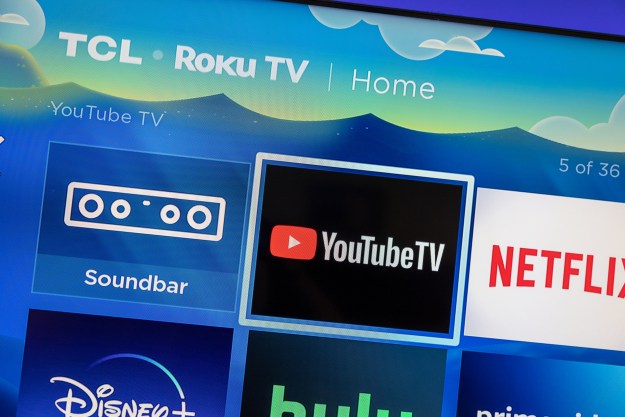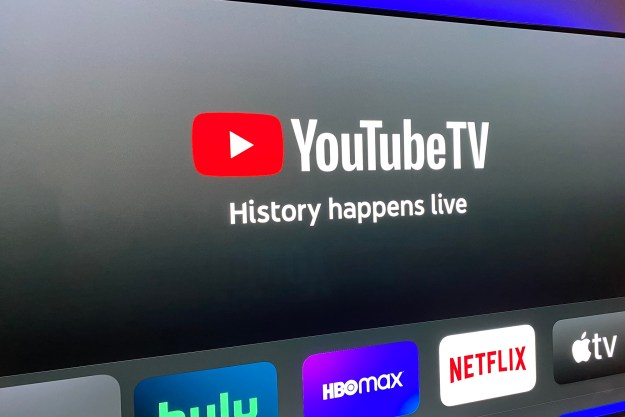
The survey results, released on April 6, show an interesting shift toward digital mediums. As a subscription-based service, VideoBlocks serves largely what the company calls the “mass creative class” – freelancers, small agencies, small production studios, and small businesses. And for the creative class, 63 percent are creating videos for YouTube and Vimeo. Half the respondents use video for Facebook and Instagram, while 38 percent use the video stock for blogging and only 37 percent for film and television.
VideoBlocks CEO TJ Leonard said the company was surprised to see TV coming in fourth. “What that tells us is that people have broken that bad habit of adapting to digital and are now creating first and foremost for digital, which is why we’re seeing more engaging content on our phones and computers,” he said.
The shift toward video creation for digital platforms has sparked an increase in short-form content, Leonard said, which gives VideoBlocks an idea of what types of stock will be in demand. A short clip on social media will only have a few seconds to grab attention, compared to the much longer introduction to a two hour movie, Leonard explained.
As more creatives look for short-form content for digital platforms, VideoBlocks is also seeing a number of video trends continue to grow. Chief among those is a tendency to be drawn toward futuristic video, both in the way the video is captured and what the video shows.
Increases in searches for 360-degree video, as well as point-of-view shots made popular by action cameras, are paired with rising searches for terms like space and underwater. The cluster of search terms that VideoBlocks describes as Futurist has grown by over four times, while immersive search terms such as 360 and POV have increased by 287 percent. The latest data supports some of the trends the company predicted at the start of the year based on search data.
“[Virtual reality] is here to stay,” Leonard said. “It’s starting to work its way into the mainstream and people are starting to think more broadly about [360 video].”
Editors' Recommendations
- Yes, YouTube TV is kind of broken tonight
- YouTube TV just got even better on iPhones and iPads
- What is YouTube Premium? Price, content, and more
- YouTube TV tips and tricks: how to get the most out Google’s live TV service
- This long-awaited YouTube TV feature is a channel-flipper’s dream




